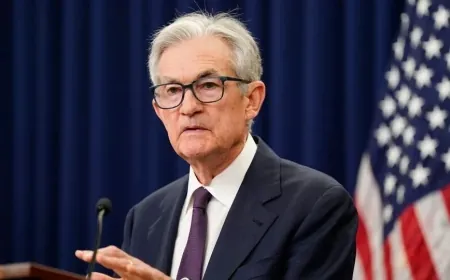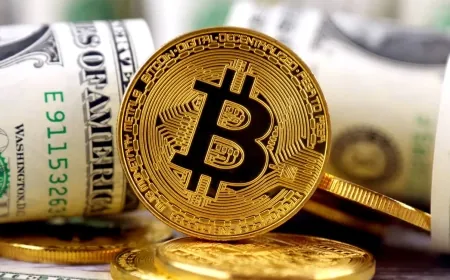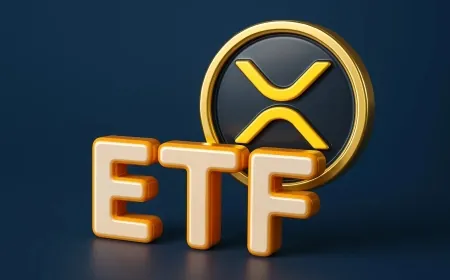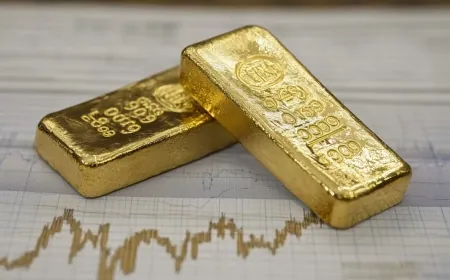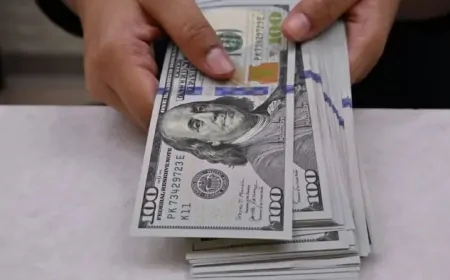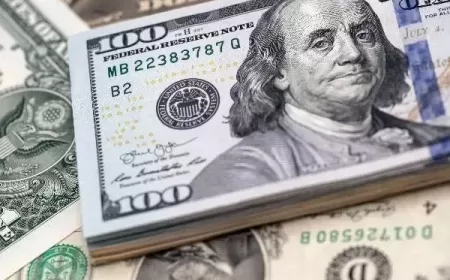Oil Prices Rise as Iran-Israel Ceasefire Holds Under Strain; Trump Issues Sharp Warning
Oil prices gain as Iran-Israel ceasefire remains fragile. President Trump warns both nations as markets react to rising geopolitical risks.
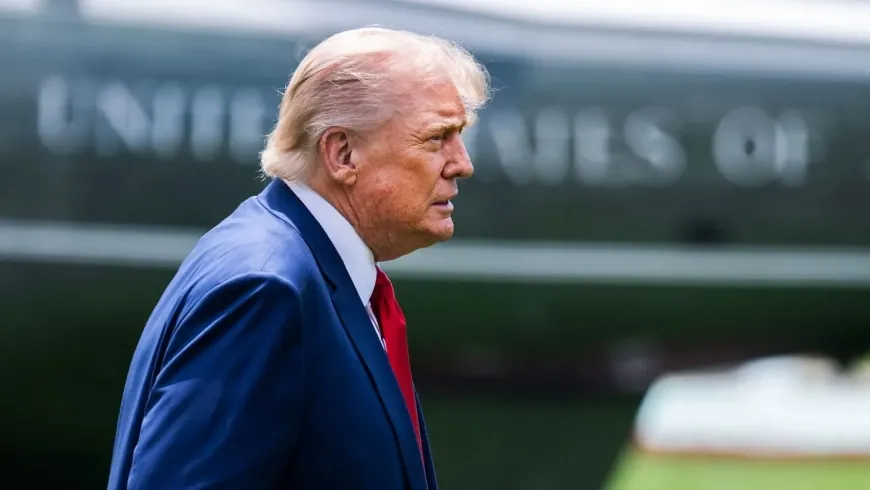
Oil prices posted modest gains on Wednesday as tensions in the Middle East continued to weigh on investor sentiment. Despite a tenuous ceasefire between Iran and Israel, energy markets remained on edge, with geopolitical risks keeping upward pressure on crude benchmarks.
The ceasefire, brokered earlier in the week, appeared to hold after initial turbulence. However, both nations presented sharply contrasting narratives. Iran's leadership called the outcome a “historic punishment” for Israel, while Israeli officials claimed to have significantly disrupted Tehran’s nuclear ambitions. A leaked U.S. intelligence report, however, indicated that Iran’s nuclear program was only temporarily delayed—by just a few months. The White House has since rejected the report’s conclusions.
Brent crude rose by 1.15% to $67.91 per barrel in early European trade, while West Texas Intermediate (WTI) gained 1.21%, reaching $65.15. The movements reflect the market’s underlying anxiety, as traders assess the possibility of further escalation despite the ceasefire.
U.S. President Donald Trump, responding to violations of the truce, issued a stern warning to both countries. Speaking during a press conference and later on his Truth Social platform, President Trump criticized Israel’s military actions following the agreement. “Israel, do not drop those bombs. If you do, it is a major violation. Bring your pilots home, now!” he posted. The President’s comments drew international attention, further highlighting Washington’s attempts to stabilize the region diplomatically.
Trump didn’t mince words in assessing the situation, saying bluntly that neither Iran nor Israel "know what the f*** they're doing," expressing frustration over the instability threatening broader regional peace and economic stability.
Meanwhile, global equity markets showed cautious optimism. In Europe, the CAC 40 rose 0.4% to 7,647.07, Germany’s DAX increased by 0.08% to 23,660.55, the FTSE 100 in London gained 0.35% to 8,790.03, and Italy’s FTSE MIB moved up 0.24% to 39,568.10. The STOXX 600 climbed 0.35% to 542.88, while the STOXX 50 added 0.21% to 5,308.40.
In the U.S., Dow Jones futures were slightly higher at 43,452.00 (+0.06%), while S&P 500 futures rose 0.05% to 6,149.25—suggesting steady investor confidence despite geopolitical concerns.
Asian markets also trended upward. The Shanghai Composite rose 0.44% to 3,435.60, Japan’s Nikkei 225 added 0.31% to 38,910.93, and Hong Kong’s Hang Seng surged 0.78% to 24,364.79. South Korea’s Kospi was almost flat, inching up 0.01% to 3,104.20, and Australia’s S&P/ASX 200 gained 0.09% to reach 8,563.20.
Currency markets reflected a risk-sensitive environment. The U.S. Dollar Index edged up 0.13% to 97.98. The euro posted a slight gain against the dollar, while the yen declined by 0.12%, as traders favored the greenback amid global uncertainty.
Analysts caution that the market’s calm may be short-lived. “The Middle East situation remains highly unpredictable. While the ceasefire has reduced immediate downside risks, the broader risk profile still leans toward higher oil prices,” said Ryan Sweet, Chief U.S. Economist at Oxford Economics.
With no clear resolution in sight and both Tehran and Tel Aviv digging into hardened positions, oil markets are responding less to formal agreements and more to actions on the ground. As each side tests the boundaries of the ceasefire, traders are pricing in volatility not just from conflict risk, but from the growing unpredictability of diplomatic outcomes.
Also Read: Iran Threatens Oil Shipping Chaos After U.S. Airstrikes
|
Follow iShook on Social Media for More Tips and Updates! |

